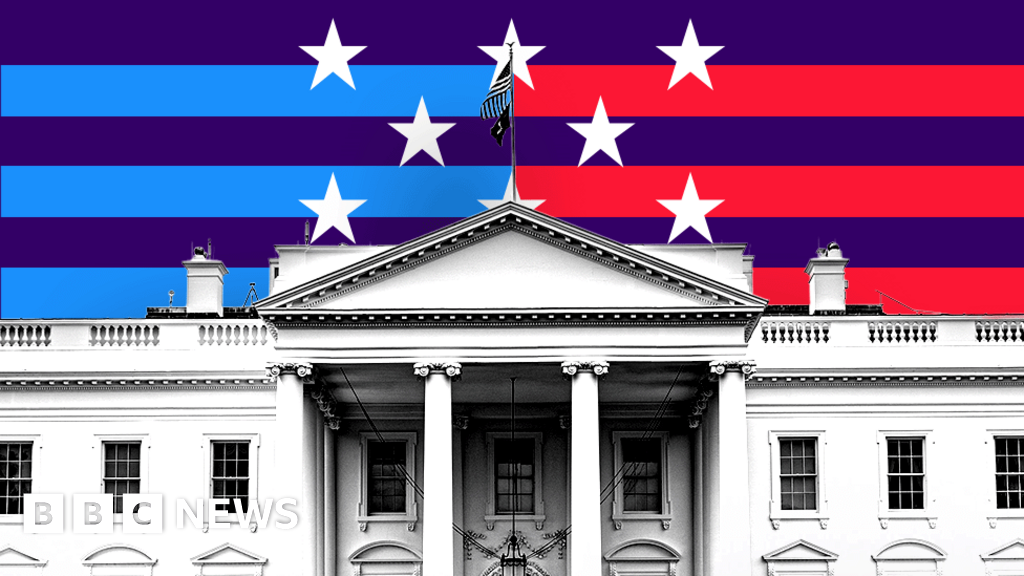During the 1960s and 1970s, scientists developed methods of creating recombinant DNA, units of genetic information formed from the genes of multiple organisms. When incorporated into a lifeform’s genome, it could dictate the production of new macromolecules and the development of new traits. In 1975, venture capitalist Robert Swanson and researcher Herbert Boyer formed the company Genentech to produce synthetic insulin using this burgeoning technology. Their efforts would result in the first medical application of recombinant DNA and revolutionize the production of medical products.
Swanson and Boyer weren’t without competition though. At Harvard, future Nobel prize laureate Walter Gilbert led his own team of scientists to synthesize insulin by isolating and cloning the natural gene found in human cells. Attached to a plasmid and shuttled into bacterial cells, the gene could order the production of insulin in bacteria just like in human cells. Boyer’s approach was different; rather than purifying the natural gene, he would build one from the ground up. Using the structure of insulin established by Frederick Sanger in 1955 and information on the genetic code from the experiments of Marshall Nirenberg and Philip Leder, Boyer could construct the gene for insulin by joining individual nucleotides together. This “artificial” approach to synthesizing insulin proved advantageous in the wake of the Asilomar II Conference, which placed restrictions on working with biological DNA in recombination experiments. A chemically synthesized gene fell in the gray zone of regulations and would allow Genentech to “outspeed” its opponent logistically.
Rather than attempting to use insulin directly, Boyer decided on the hormone somatostatin as a first trial with this approach. Although its medical value was minuscule compared to insulin, somatostatin comprised only 14 amino acids to insulin’s 51 and would be much easier to recreate genetically. This meant giving up time to Gilbert’s lab, however, and Genentech waited anxiously for news of their success as they prepared the gene and injected it into bacteria. After initial failures, with the bacteria redigesting the produced somatostatin, they succeeded in August of 1977 by producing the protein as part of a bacterial protein complex and chemically isolating it afterwards.
A shock came when, in July 1978, Gilbert announced that his team had isolated the human insulin gene and Genentech braced for news of their defeat. However, it turned out the isolated gene was a contaminant and actually coded for rat, not human, insulin. This mistake gave time for Genentech to move onto insulin with the same approach. Unlike somatostatin, insulin was composed of two peptide chains joined together. Genentech synthesized the two strands individually, cleaved off the bacterial complexes, and joined the two strands to finally produce the prized hormone on the night of August 21, 1978. They applied for a patent in the following weeks, received approval from the FDA in October 1982, and partnered with pharmaceutical company Eli Lilly to bring the first synthetic insulin to market in 1983.





